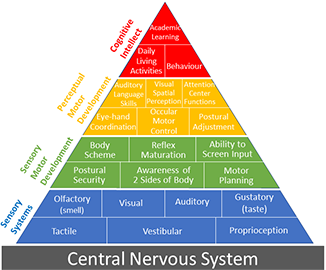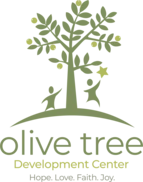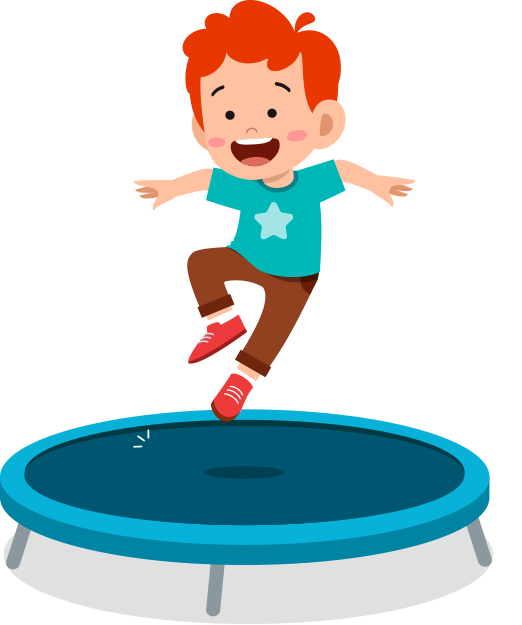Occupational Therapy
What is Occupational Therapy?
Occupational therapy (OT) focuses on helping children with physical, sensory, or cognitive disability be as independent as possible in all areas of their lives. OT can help children with various needs improve their cognitive, physical, sensory, and motor skills and enhance their self-esteem and sense of accomplishment.

How Does Occupational Therapy Work?
Does My Child Need Occupational Therapy?
- Has significant delays in gross movements like crawling, sitting, walking, running or even jumping
- Has behavioral problems, such as refusing to comply with parent or adult requests, showing aggression and throwing tantrums that last for longer than typical
- Has significant delays in fine motor movement holding and manipulating objects
- Has low or excessive muscle tone
- Has difficulty in handwriting
- Has difficulties in balance and coordination
- Has problems in visual and perceptual skills
- Has difficulties attending to and focusing on tasks
- Has problems in activities of daily living such as dressing, feeding, toileting, grooming etc.
- Has difficulty regulating sensory information such as touch, smell, taste, sound, body awareness, body movement, or body position
Effective Methods for Autism Intervention
Types of Autism Therapy
Benefits of Occupational Therapy for Autism Intervention
Occupational therapy is the primary service for children and adolescents diagnosed with:
Assessment
During the first session, the Occupational Therapist carries out standard and thorough screening and assessment protocols to identify problems and formulate therapy goals.
Standardised assessment tools available include:
- Handwriting without Tears
- Sensory Integration Therapy
- Visual Motor and Perceptual Training
- Baby Exercise (Therapeutic exercises for Infancy to toddler)
Finding the Right Centre for Occupational Therapy
Our Occupational Therapists use holistic and evidence-based approaches to cater to your child’s needs and foster functional skills needed for everyday life. They are trained in various evidence-based approaches, such as:
Which Occupational Therapy Approaches Do We Use?
Handwriting without Tears
The Handwriting Without Tears® (HWT) program uses teaching strategies that are multisensory and developmentally appropriate for children. Readiness activities in Pre-K and Kindergarten prepare children for pencil and paper activities. Using hands-on teaching strategies, therapists and teachers are able to meet the needs of each child’s individual learning style.
Sensory Integration Therapy
Sensory integration therapy is one of the evidence-based approaches that occupational therapists use for children with a sensory processing disorder. Its intervention is focused on engagement in child-directed and sensory enriched experiences that are individually designed to address each child's sensory needs.
Visual Motor and Perceptual Training
Occupational therapists use different strategies in developing visual motor and perceptual skills of a child. The intervention focuses on building the foundation skills needed to effectively make sense of and interpret what they are seeing.
Baby Exercise (Therapeutic exercises for Infancy to toddler)
Baby exercises are guided therapeutic intervention for typically developing children and children with special needs. Exercises are guided by judgement and based on developmental milestones. Occupational therapy for babies uses play as the child’s primary occupation to work on certain skills.



